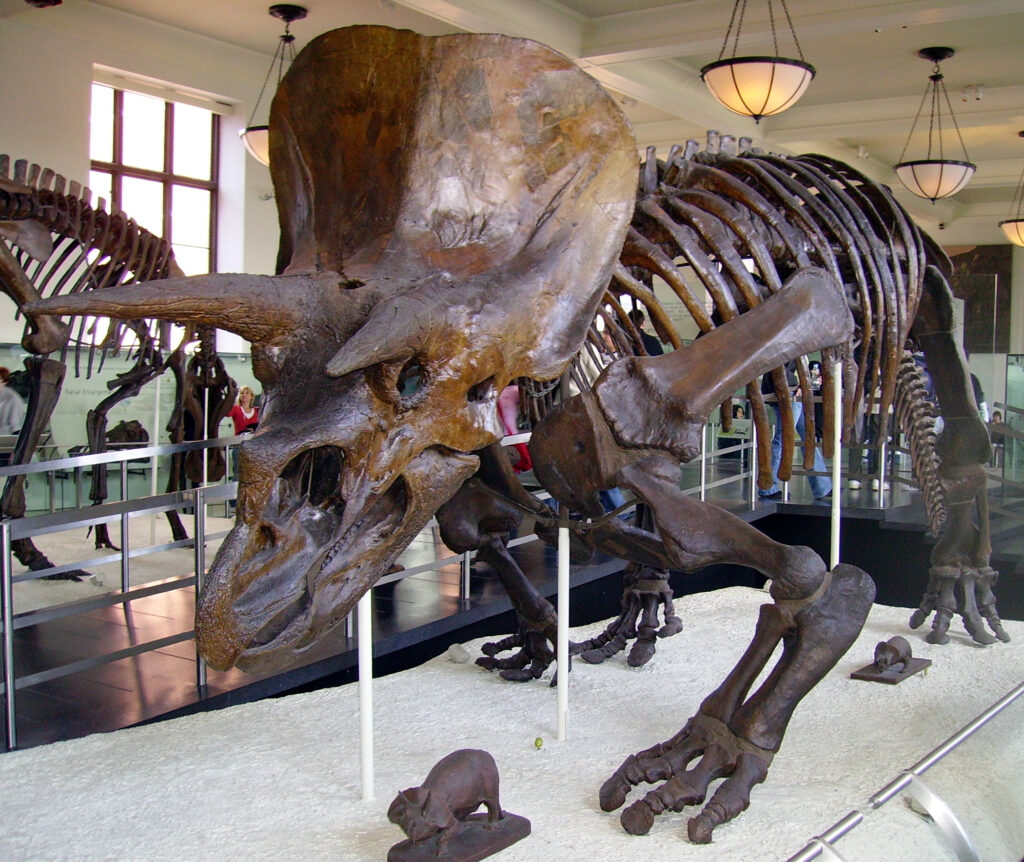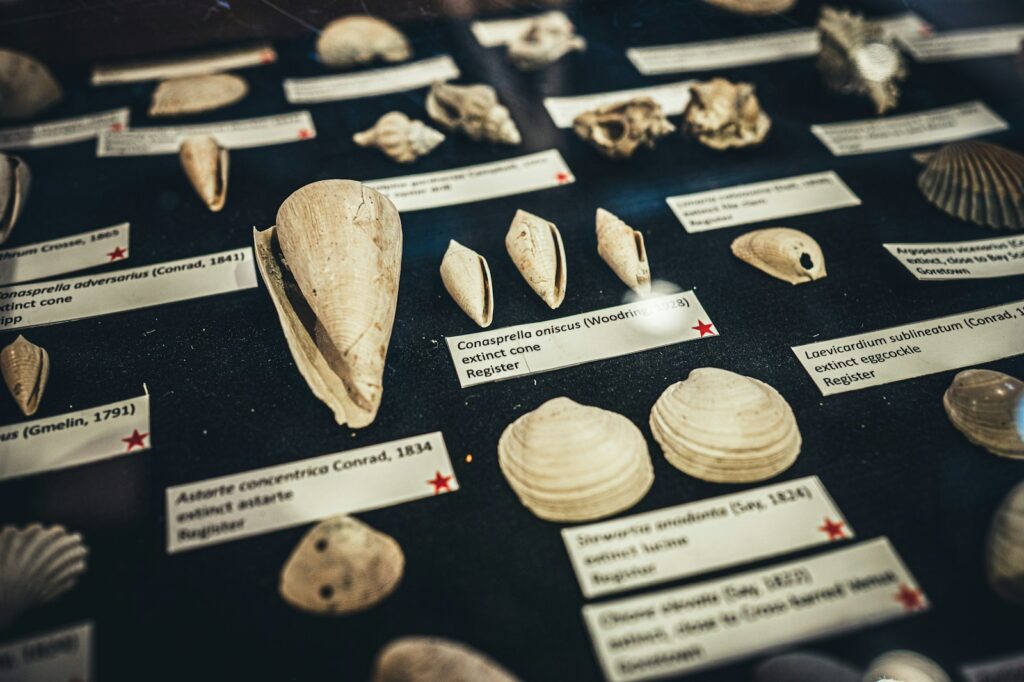The North American deserts—stretching from the Mojave and Sonoran in the southwest to the Chihuahuan and Great Basin—represent some of the most extreme environments on our continent. These harsh, arid landscapes might seem entirely inhospitable to large animals, yet they support diverse ecosystems of specially adapted creatures. When we consider the mighty dinosaurs that once ruled Earth, an intriguing question emerges: could these prehistoric giants have survived in today’s desert environments? This article explores this fascinating counterfactual scenario, examining the physiological, environmental, and evolutionary factors that would determine whether dinosaurs could thrive in modern North American desert conditions.
The Nature of North American Deserts

North American deserts present extreme challenges to animal life with daytime temperatures frequently exceeding 110°F (43°C) in summer months, while dropping dramatically at night. Annual rainfall rarely exceeds 10 inches, creating environments where water conservation is critical for survival. These deserts aren’t uniform; they range from the low, hot Sonoran Desert with its iconic saguaro cacti to the higher elevation Great Basin Desert with cold winters and hot summers. Each desert exhibits unique microhabitats, elevation differences, and seasonal patterns that create diverse ecological niches. Modern desert residents have evolved specific adaptations over millions of years to handle these conditions, including specialized kidneys, metabolic adaptations, and behavioral strategies to avoid the heat.
Dinosaur Physiology and Thermoregulation

Recent paleontological evidence suggests many dinosaurs possessed a unique physiology somewhere between modern reptiles and birds. Some species likely maintained relatively high body temperatures through a combination of metabolic processes and behavioral thermoregulation. Large dinosaurs, particularly sauropods like Brachiosaurus, benefited from their size through “gigantothermy,” where their massive bodies retained heat efficiently due to low surface-area-to-volume ratios. However, this same characteristic could pose challenges in desert environments where overheating becomes a serious risk. Smaller theropod dinosaurs, evolutionary ancestors to birds, may have had more bird-like metabolisms, potentially offering advantages in temperature regulation. Some dinosaurs possessed feathers or proto-feathers, which could provide insulation against nighttime cold while requiring adaptations to prevent overheating during the day.
Water Requirements and Conservation
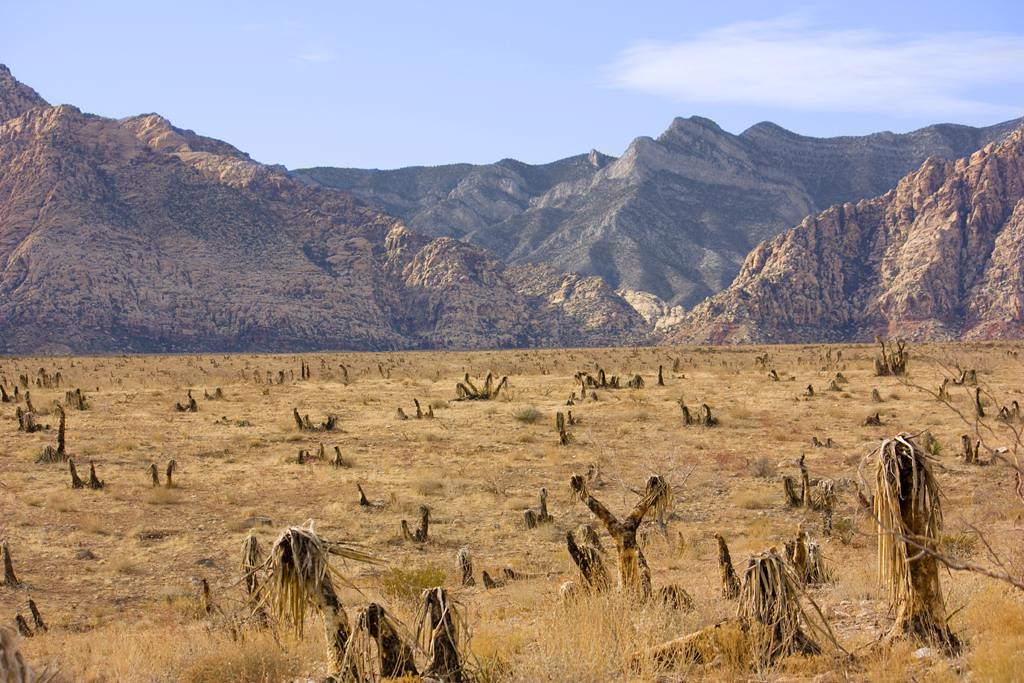
Water scarcity presents perhaps the greatest challenge to any desert dweller, and dinosaurs would be no exception. Most reconstructions of dinosaur biology suggest they required significant water intake, especially the larger species. Modern reptiles have evolved sophisticated mechanisms for water conservation, including specialized kidney structures and uric acid excretion that requires minimal water. Birds, dinosaurs’ closest living relatives, typically have higher water requirements due to their more active metabolisms and lack specialized desert adaptations seen in reptiles. Without millions of years of specific adaptation to desert conditions, most dinosaur species would likely struggle with the limited water availability in North American deserts. Some herbivorous dinosaurs might theoretically extract moisture from plant matter, but desert vegetation itself is sparse and adapted to retain water rather than provide it abundantly to consumers.
Dietary Adaptations for Desert Survival
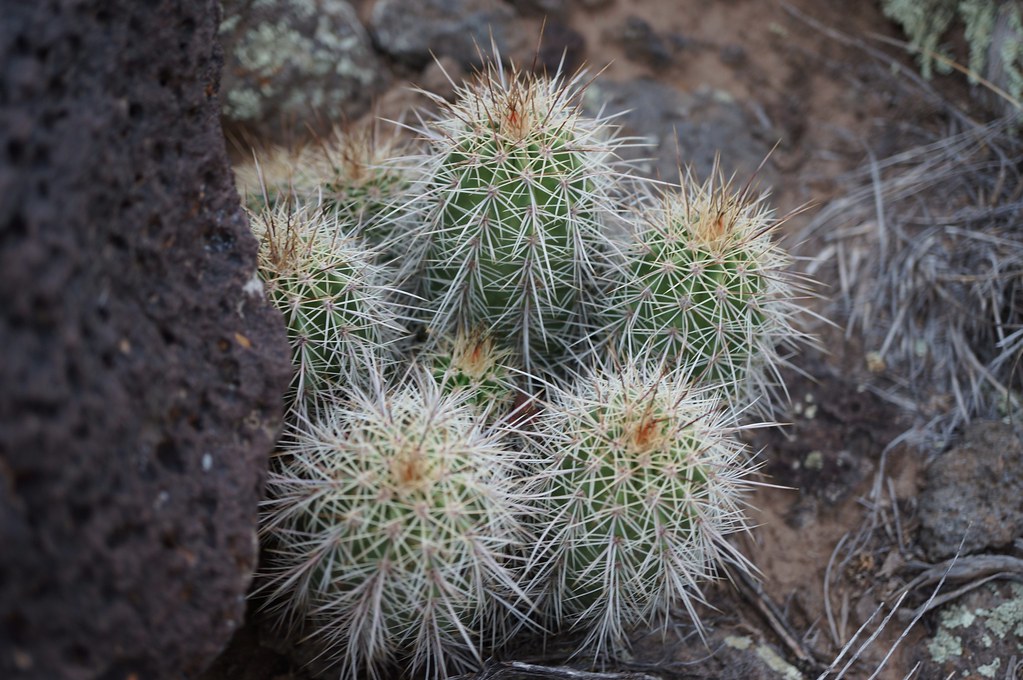
The plant life of North American deserts consists primarily of drought-resistant species like cacti, yuccas, and desert scrub—vastly different from the lush Mesozoic vegetation that sustained herbivorous dinosaurs. These modern desert plants contain less available nutrition per volume and often feature chemical and physical defenses like spines, toxins, and tough exteriors that dinosaurs would have never encountered. Carnivorous dinosaurs would face equally challenging circumstances, as desert ecosystems support fewer large prey animals and lower overall biomass. Modern desert predators are typically specialized to consume small prey efficiently or to survive on infrequent meals. Without evolutionary adaptations specific to desert food resources, most dinosaurs would struggle to meet their nutritional needs in these environments where calories and nutrients are relatively scarce and difficult to access.
Size Constraints in Desert Ecosystems

The massive size of many dinosaur species would pose significant challenges in desert environments where resources are limited. Modern deserts typically support smaller-bodied animals because they require less total food and water to survive. The largest current desert dwellers, such as camels, have specialized adaptations developed over millions of years. Giant sauropods, which could weigh over 70 tons, would require enormous quantities of vegetation that simply isn’t available in desert ecosystems. Their massive food requirements would quickly deplete available resources, making sustainable populations impossible. Even medium-sized dinosaurs would likely find the carrying capacity of desert environments insufficient to support viable populations. Additionally, the energy expenditure required for large dinosaurs to move across sandy or rocky terrain would further compound the resource limitations.
Behavioral Adaptations and Shelter Requirements
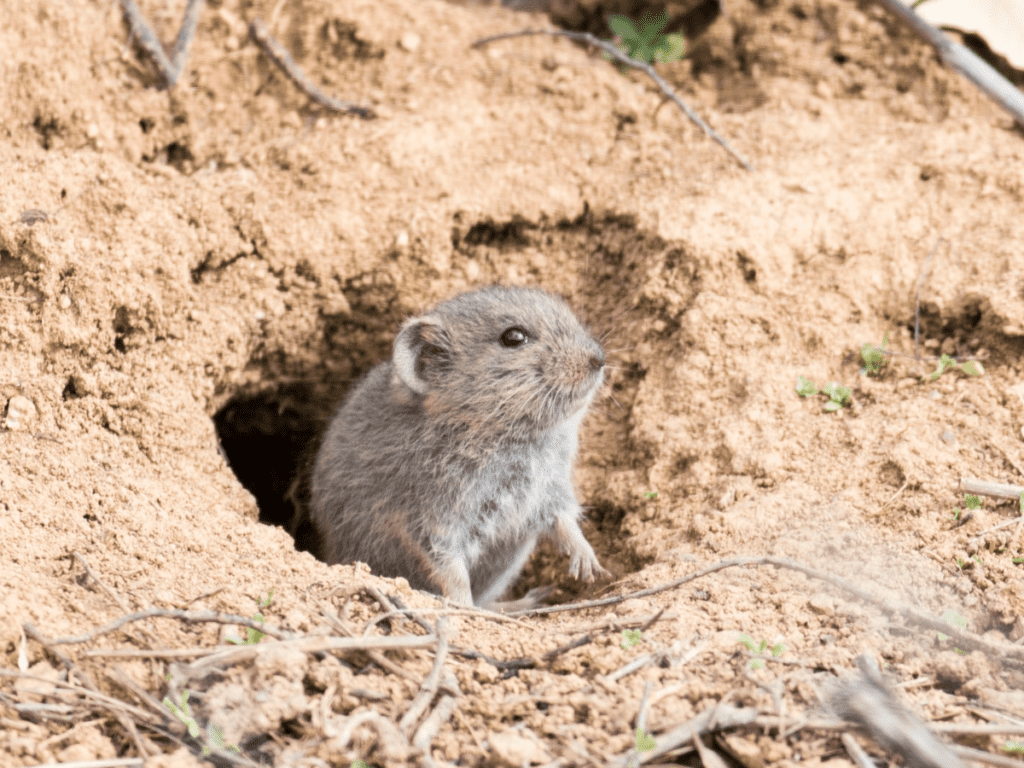
Successful desert animals employ specialized behaviors to cope with extreme conditions, such as nocturnal activity patterns and seeking shelter during the hottest parts of the day. Desert rodents burrow underground to escape heat, while larger animals like bighorn sheep seek shade in canyons or north-facing slopes. Most dinosaurs, particularly the larger species, would have limited options for shelter due to their size. Theropods and smaller ornithischians might potentially adopt nocturnal behaviors, but without evolutionary adaptations for night vision, this strategy would present its own challenges. The lack of extensive forest cover or abundant cave systems in desert regions would leave many dinosaur species exposed to the full force of solar radiation. Without specialized behavioral adaptations developed over evolutionary time, dinosaurs would struggle to effectively manage their exposure to extreme desert conditions.
Desert-Adapted Dinosaurs from the Fossil Record
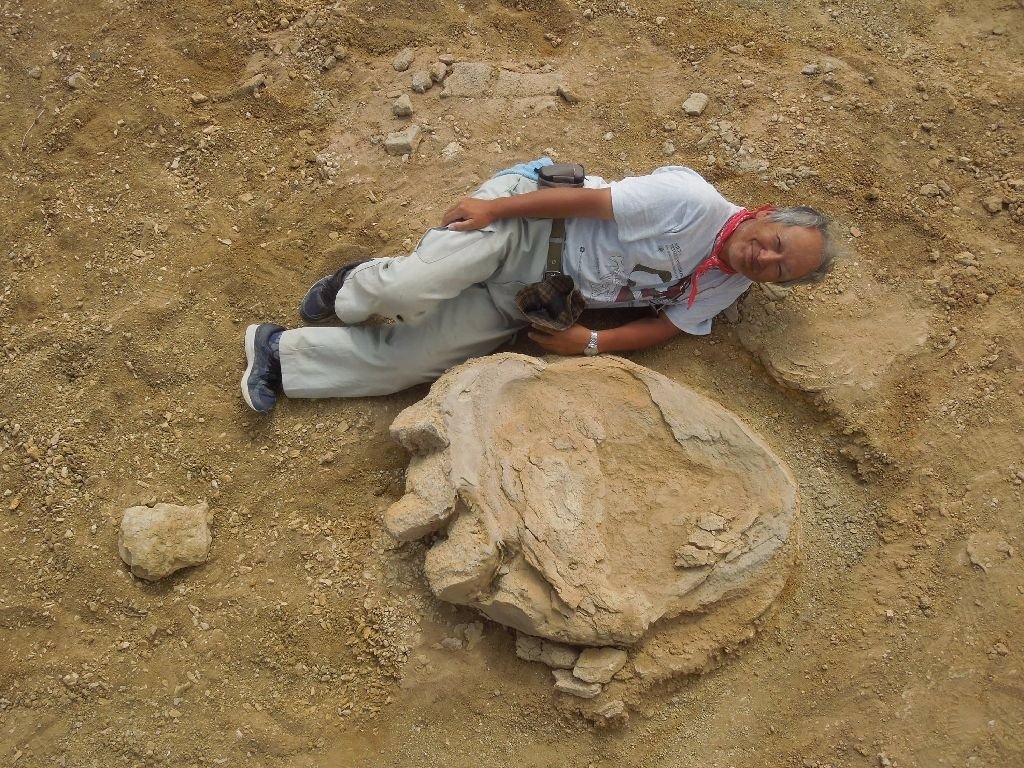
While no dinosaurs evolved specifically for modern-type desert conditions, some did live in semi-arid environments during the Mesozoic era. The Gobi Desert in Mongolia has yielded fossils of dinosaurs like Velociraptor and Protoceratops that inhabited environments that were likely considerably drier than typical dinosaur habitats. These dinosaurs show some adaptations to drier conditions, including relatively smaller body sizes compared to their relatives and features that may have helped them conserve water or energy. However, even these “desert-adapted” dinosaurs lived in environments that were likely more productive and less extreme than modern North American deserts. The Mesozoic climate was generally warmer and more humid globally, with fewer extremes of temperature and aridity than today’s deserts experience. These differences mean that even the most “desert-adapted” dinosaurs from the fossil record would still face significant challenges in modern desert conditions.
Seasonal Challenges and Extreme Weather
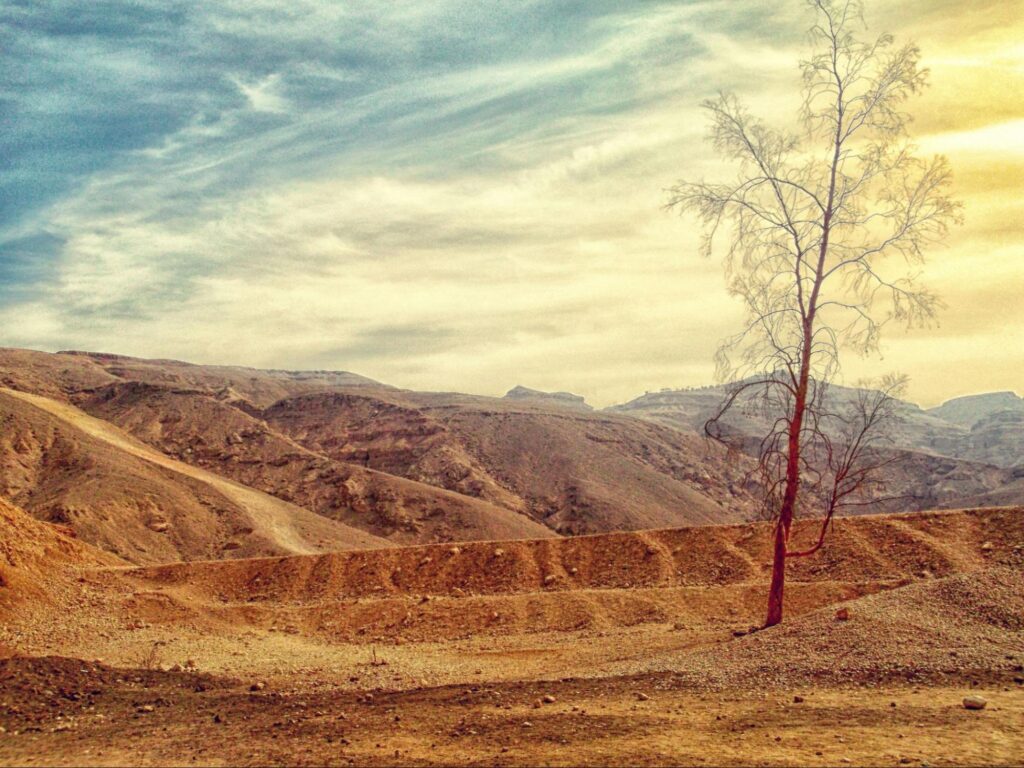
North American deserts experience dramatic seasonal changes that would pose additional challenges to dinosaur survival. Summer heat waves can push temperatures above 120°F (49°C) in regions like Death Valley, creating conditions where even specialized desert animals must seek shelter or risk death. Winter temperatures in deserts like the Great Basin can plunge below freezing, with snowfall occurring at higher elevations. Dinosaurs evolved in a more stable global climate without such extreme seasonal variations. Flash floods, dust storms, and prolonged droughts characterize desert weather patterns and can dramatically alter resource availability in short timeframes. These unpredictable events would challenge dinosaurs adapted to more consistent environments. Additionally, the UV radiation levels in modern deserts are intense due to thin cloud cover and atmospheric conditions different from the Mesozoic era, potentially causing additional physiological stress.
Bird Descendants as Desert Success Stories

Birds, the living descendants of theropod dinosaurs, have successfully colonized desert environments worldwide, suggesting that dinosaur-derived physiologies can adapt to arid conditions. Desert-dwelling birds like roadrunners, Gambel’s quail, and various hawks have evolved specific adaptations including efficient water use, specialized diets, and behavioral strategies to cope with extreme heat. Many desert birds have specialized nasal passages that recapture moisture from exhaled breath, reducing water loss during respiration. Others have adapted to extract sufficient moisture from their food to rarely or never drink free-standing water. These successful adaptations required millions of years of natural selection in progressively more arid environments. While birds demonstrate that dinosaur-derived physiology can succeed in deserts, they are much smaller than their dinosaur ancestors and have undergone extensive evolutionary modifications specifically for their environments.
Which Dinosaur Groups Might Fare Best?
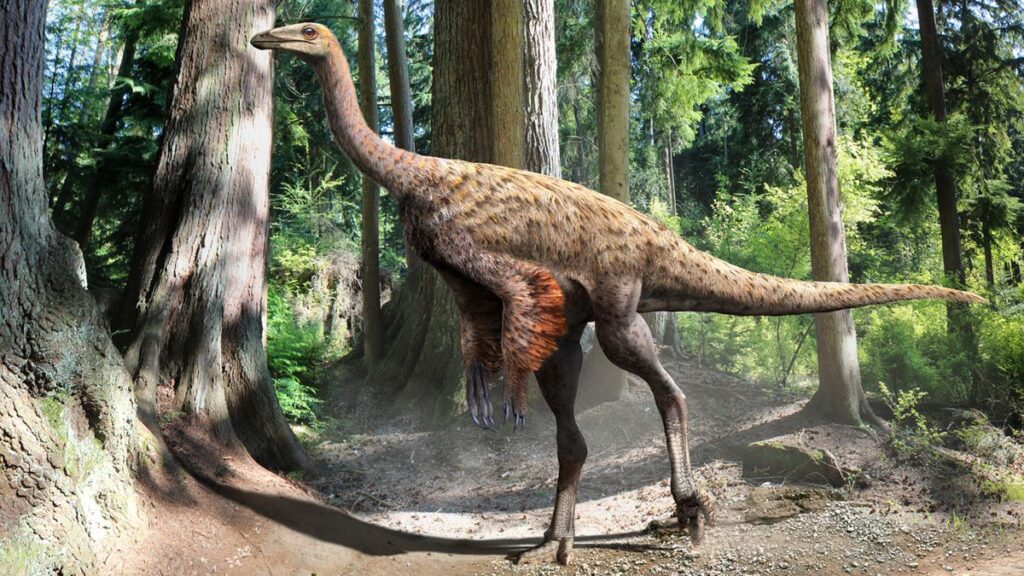
If transported to modern North American deserts, certain dinosaur groups would likely fare better than others. Small to medium-sized theropods, particularly those most closely related to birds like dromaeosaurids (raptor dinosaurs), might have the best chance at short-term survival due to their potentially more efficient metabolisms and smaller water requirements. Some ornithomimids (“ostrich dinosaurs”) evolved to live in relatively open environments and might adapt more readily to desert conditions with their omnivorous diets and relatively efficient locomotion. Smaller ornithischian dinosaurs like Protoceratops relatives might survive in desert foothills where vegetation is more abundant. The largest dinosaurs—sauropods, most ceratopsians, and large theropods like Tyrannosaurus—would almost certainly struggle immediately due to their massive resource requirements and heat retention issues. Herbivorous dinosaurs would generally face greater challenges than carnivores due to the specialized nature of desert vegetation compared to Mesozoic plants.
Competitive Interactions with Modern Desert Species

Any hypothetical introduction of dinosaurs to modern deserts would initiate complex competitive interactions with existing desert specialists. Modern desert herbivores like jackrabbits, desert tortoises, and bighorn sheep have evolved precise adaptations to efficiently extract nutrition from desert plants that dinosaurs would lack. Desert predators like coyotes, bobcats, and rattlesnakes have developed hunting strategies specifically tailored to desert prey and conditions. Dinosaurs would initially have significant size advantages but would lack the specialized knowledge and adaptations of native species. Competition for limited water sources would be particularly intense, with modern species having established patterns of access and consumption efficiency. Disease represents another critical factor, as dinosaurs would have no evolutionary exposure or immunity to modern pathogens and parasites that could rapidly affect introduced populations. These competitive disadvantages would compound the physiological challenges dinosaurs would already face in desert environments.
Climate Change and Shifting Desert Conditions
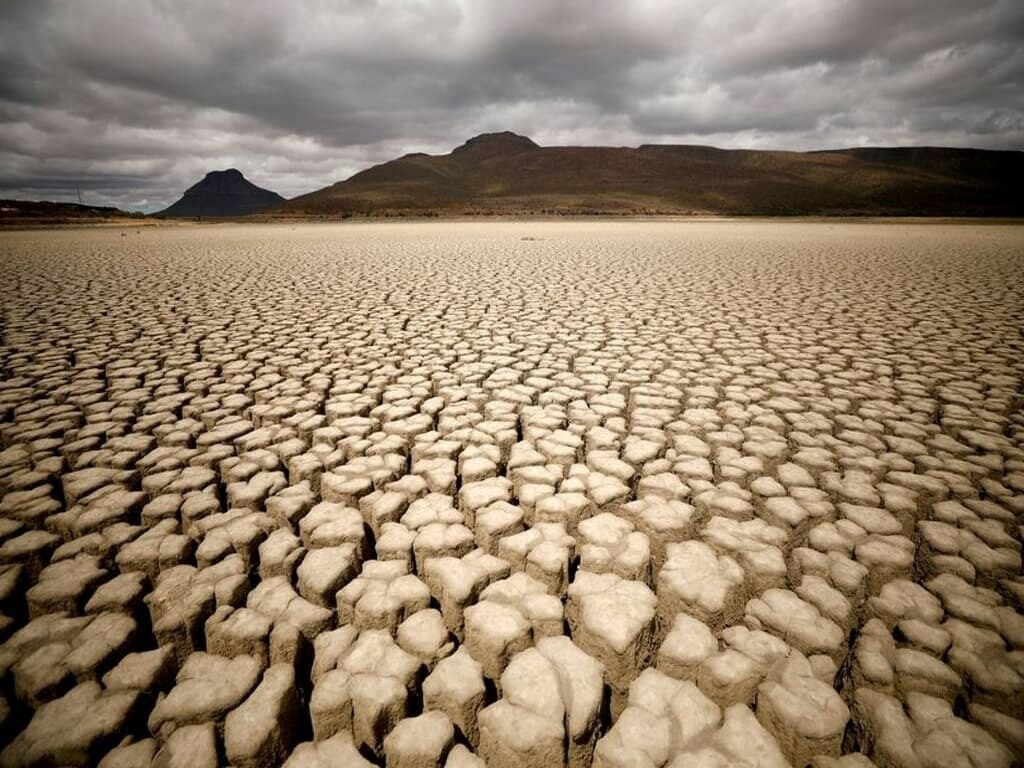
North American deserts are currently experiencing accelerated changes due to global climate change, with increasing average temperatures, more extreme heat events, and changing precipitation patterns. These shifts are already challenging native desert species that have evolved specifically for these environments over millions of years. Dinosaurs introduced to these changing conditions would face not only the baseline challenges of desert adaptation but also rapidly shifting baseline conditions. Some climate models predict expanded desertification across North America, potentially creating larger but even more extreme desert environments. The rate of environmental change would likely outpace any potential adaptive capacity of introduced dinosaur species. Increasing temperatures would particularly challenge larger dinosaur species already at risk of overheating, while changing rainfall patterns could further restrict already limited water availability.
Could Dinosaurs Evolve Desert Adaptations?
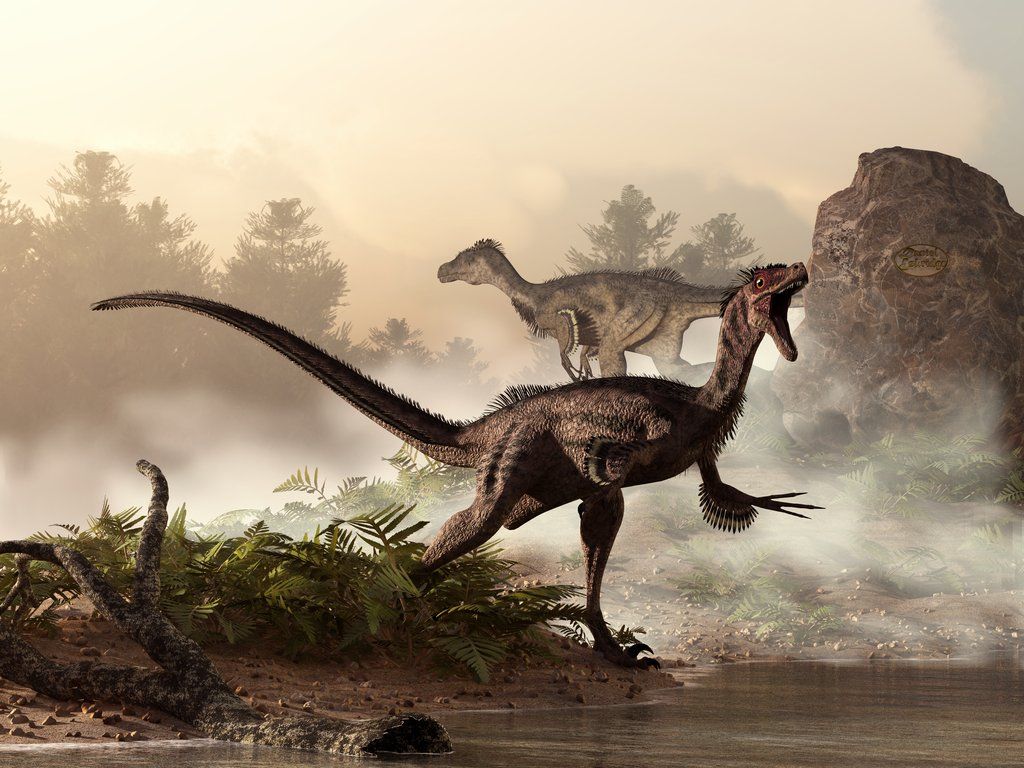
The question of whether dinosaurs could eventually adapt to desert conditions given sufficient evolutionary time is fascinating but complex. Evolution requires genetic variation, selection pressure, and sufficient time to develop adaptations through natural selection. Modern desert specialists evolved their adaptations over millions of years as environments gradually became more arid, allowing for incremental adaptations. Dinosaurs suddenly introduced to extreme desert conditions would face immediate survival challenges that would likely exceed their adaptive capacity in the short term. For successful adaptation, initial populations would need to be large enough to maintain genetic diversity while experiencing high mortality rates during selection. Some smaller dinosaur species might theoretically begin developing adaptations if they could establish breeding populations, but the process would require thousands to millions of years. The most likely outcome would be rapid extinction of most species with perhaps a few smaller, more adaptable species establishing marginal populations in the most favorable microhabitats.
Conclusion: A Thought Experiment with Clear Challenges

The question of dinosaur survival in modern North American deserts ultimately reveals more about the remarkable adaptations of existing desert species than about dinosaurs themselves. Without millions of years of specific evolutionary adaptations to desert conditions, most dinosaur species would face insurmountable challenges related to water conservation, heat regulation, and resource acquisition in these extreme environments. The few dinosaurs that might temporarily survive would likely be restricted to the least severe desert microhabitats and would struggle to establish sustainable populations. This thought experiment highlights the incredible specialization required for desert survival and the importance of evolutionary history in shaping species’ environmental tolerances. Perhaps most poignantly, it reminds us that the descendants of dinosaurs—birds—have indeed conquered desert environments through extensive adaptation, demonstrating that while the dinosaurs themselves might not survive in today’s deserts, their evolutionary legacy continues to thrive even in Earth’s most challenging landscapes.


